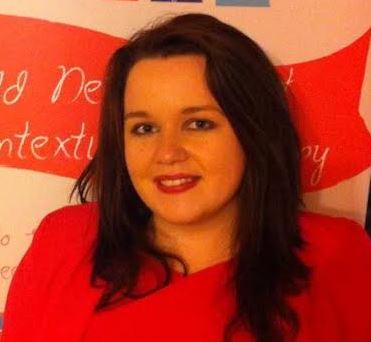 I have adopted this innovative yet intuitive method of therapy from years of working on the front line of child development, psychological interventions and holistic health. I saw from first-hand experience that, although therapeutic treatment works for young people, there’s a high likelihood of their issues recurring. This is because nothing changed in the home or school environment, which is usually where these issues stem from. It could be likened to having a leak in your ceiling: although some might dry up the water damage and paint over it, this really is not getting to the root of the leak and it more than likely will return.
I have adopted this innovative yet intuitive method of therapy from years of working on the front line of child development, psychological interventions and holistic health. I saw from first-hand experience that, although therapeutic treatment works for young people, there’s a high likelihood of their issues recurring. This is because nothing changed in the home or school environment, which is usually where these issues stem from. It could be likened to having a leak in your ceiling: although some might dry up the water damage and paint over it, this really is not getting to the root of the leak and it more than likely will return.
Rather than treat the symptom, it’s vital to target and eradicate the cause too. While therapeutic work does empower children with coping strategies of their own, treatment is much more successful when all problem areas are targeted. With national childhood suicide rates towering well above the European average, it’s clear to see that something has not been working and that change is needed to protect our young generation. Worryingly, these figures are inclusive of five- to nine-year-olds! All health practitioners do agree that the single most effective method of reducing these statistics is prevention through early intervention.
A contextualised approach to therapy simply means that the therapy is conducted on a number of levels – individually with the child, through discussions with parents, and with the family as a group. Common causes of children’s anxieties lay in their environment and may be so engrained in family life that it takes an unbiased professional eye to notice them. Something as simple as communication difficulties can have a myriad of repercussions on a child’s emotional development. When children are not given a voice, listened to or encouraged to engage in family decisions, we are sending them the clear message that they don’t matter. In an age of perpetually increasing stress for young people, the family must be a safe haven where they feel loved, valued and respected. Without this, children often turn to internalisation (anxiety or depression), externalisation (deviancy or defiance) or self-injurious behaviour (pulling out hair or starving themselves).

While individualised therapy with children and adolescents will certainly reduce these behaviours in the short-term, if the triggers of these difficulties persist at home, the likelihood is that positive coping mechanisms will not be enough and that negative patterns will return. After being treated for hay-fever, what do you think will happen when you return to the meadow in spring? Most of the time, parents are not aware of how these issues manifested in their family but, fortunately, a good therapist can identify and communicate these difficulties in an understandable way before explaining to parents what they can do differently to help their child.
From a practitioner’s point of view, in order to enhance chances of success, it’s so important to hear where the problems lie from as many perspectives as possible. While humans are extremely intelligent beings, we are not always fully honest when answering questions about ourselves and may not be as aware of our behavioural patterns as the people we live with. Also, we may give very different answers on a day we stubbed our toe against the coffee-table first thing, have a head-cold coming on and are feeling terrible in general, compared to a day we had green lights all the way to work, were surprised by a random act of kindness and won twenty euro in a scratchcard. As such, consultations which are informed by both parents and children, and are carried out over a number of sessions, allow for a more informative and holistic picture of the situation for the practitioner.

Following from this, a course of action is contextualised too, meaning that it is determined in conjunction with every member such that there is clarity and understanding from the outset. It may be that parents are advised to also attend therapy to heal anxieties or issues they may have, or they may require some extra guidance on positive behavior management through parental consultations with a parenting expert. The eventuality after therapy is that the child will heal and learn how to manage their emotions in a more positive way, but that they will also return to a home that is more empathetic, understanding and educated about what caused the issues to begin with. As such, parents are also enjoying the benefits of therapy in that their emotions are taken on board and they learn new ways of coping and communicating themselves.
Research consistently stipulates that interventions which focus on different components are significantly more successful, while it has been shown that those which facilitate parental inclusion also boast higher rates of effectiveness. A little investment into Irish children’s psychological health early on will result in important benefits for the next generation into the future.












